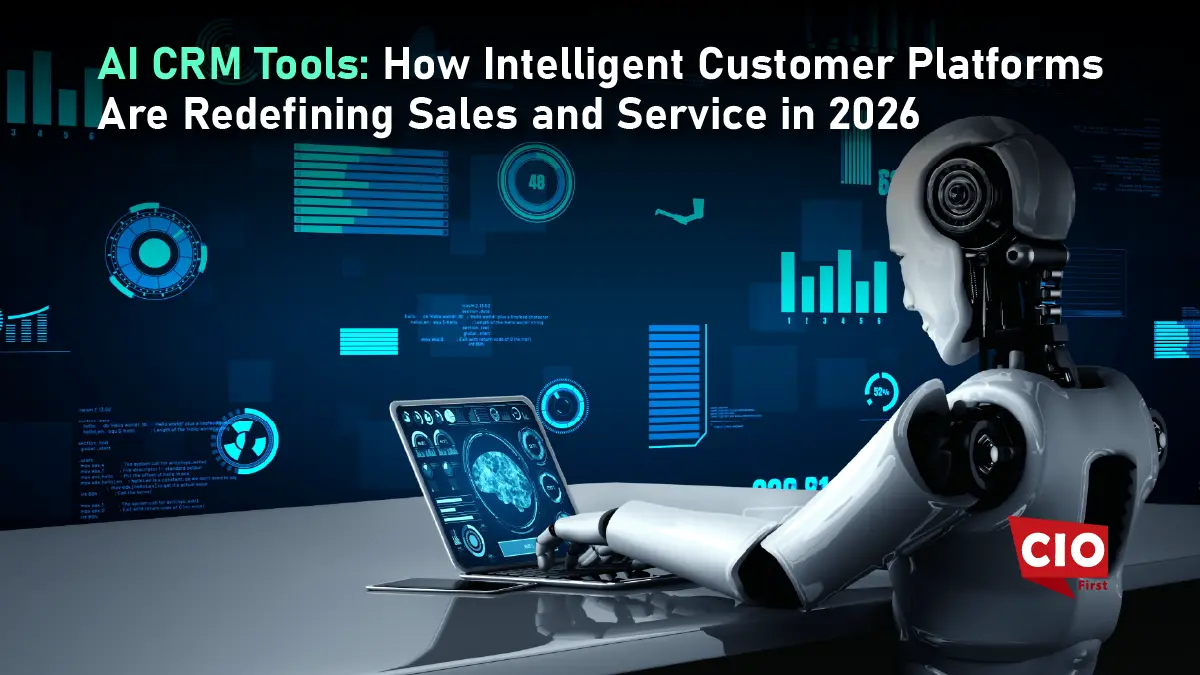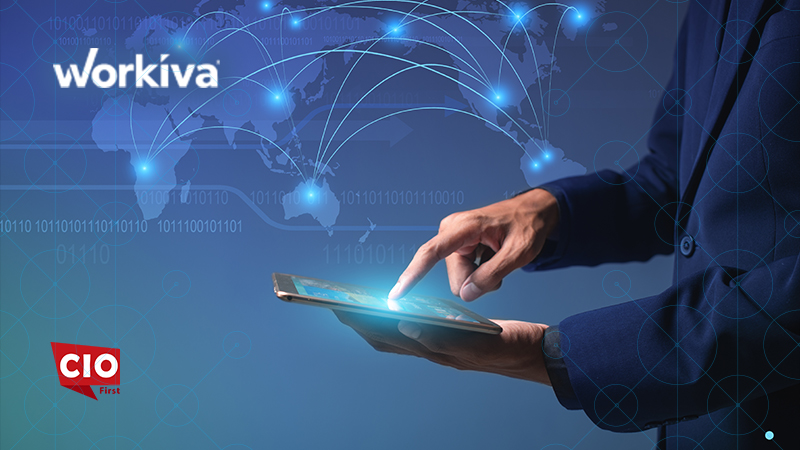Artificial Intelligence (AI) has developed to a technology that is virtually indispensable to every business across the globe.
Alongside, during the past few years, workplaces have grown more remote or hybrid, which has increased the daily volume of data being produced, consumed, and examined.
Quick in-person communication has become increasingly difficult due to remote employment, making many established organizational procedures ineffective. A growing volume of data that is accessed, analyzed, and arranged across networks is increasingly relied upon by employees. These changes have led businesses to rely on tools like Artificial Intelligence (AI) to unite employees and improve manager leadership.
Here are three instances of how companies may use AI technology to their advantage.
Data fusing to enhance workplace training
Strong leaders and remote employees understand the value of training and skills in the current competitive employment environment. One of the most acceptable methods to handle remote workforces is through training. According to industry experts, AI can considerably assist in this area, especially when leaders utilize the potential of Machine Learning (ML).
Certain firms are already utilizing the potential of AI in efforts for staff development and skill development. For instance, they are reducing the requirement for workshop-style training by employing no-code software platforms to instruct new hires on how to utilize systems contextually. The adoption of solutions that enable workers to complete training more autonomously and with fewer meetings or workshops has expanded with the transition to remote and hybrid work.
AI must make use of data that will result in the best outcomes in order to be effective. Any competitive advantage must include human-in-the-loop systems, which are essential for any socially conscious artificial intelligence or machine learning system. Intelligent systems must be strongly infused with human ingenuity.
Enhancing the ease of working remotely
According to IDC Future of Work Survey Data, a few years ago, a poll of 1,000 employees revealed that 49% had trouble locating documents. Additionally, IDC discovered that workers spend an average of five hours each week looking for documents. Unfortunately, some claim that the issue has worsened with the rise of remote and hybrid workplaces.
AI can aid in streamlining and streamlining processes by studying workflows and collaborative technologies.
A few examples of how businesses might utilize AI to enhance productivity and cooperation are as follows:
- Conversational AI-enabled enterprise digital assistants make meetings a zero-touch experience
- Distributed collaboration, such as revealing background information online without conducting searches, can provide coworkers with more contextual knowledge than in-person meetings
Also Read: Overcoming Top 3 Barriers of enterprise-wide Internet of Things (IoT) applications
Providing excellent service
Utilizing the potential of AI with customers is the third area. The maintenance of customer happiness through superior company performance and enhanced consumer insights can be achieved with the use of AI. Ultimately, this is a crucial aspect of how AI might aid corporate success.
It undoubtedly aids businesses of all sizes in enhancing customer satisfaction. Enterprises can utilize AI to provide staff access to customer service data insights that help them improve their procedures.
The financial industry may benefit from AI’s data analysis as well since it helps protect consumers’ assets and enhance customer service. AI can detect fraud in real-time by keeping an eye on a system that validates transactions and flagging it, preserving consumers’ money and increasing satisfaction. Additionally, the transaction data might aid institutions in understanding their customers better.
AI can help businesses increase operational effectiveness and bring employees together around shared goals. No matter where employees are physically located, AI systems can evaluate enormous volumes of data by concentrating on crucial areas for remote workers and offer actionable insights that help people achieve.

























